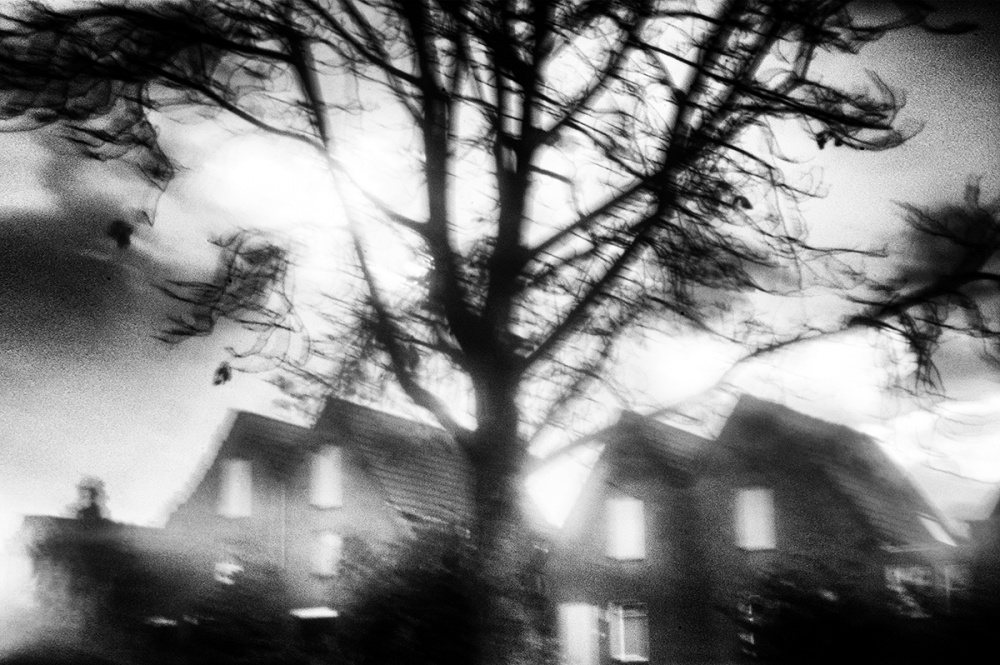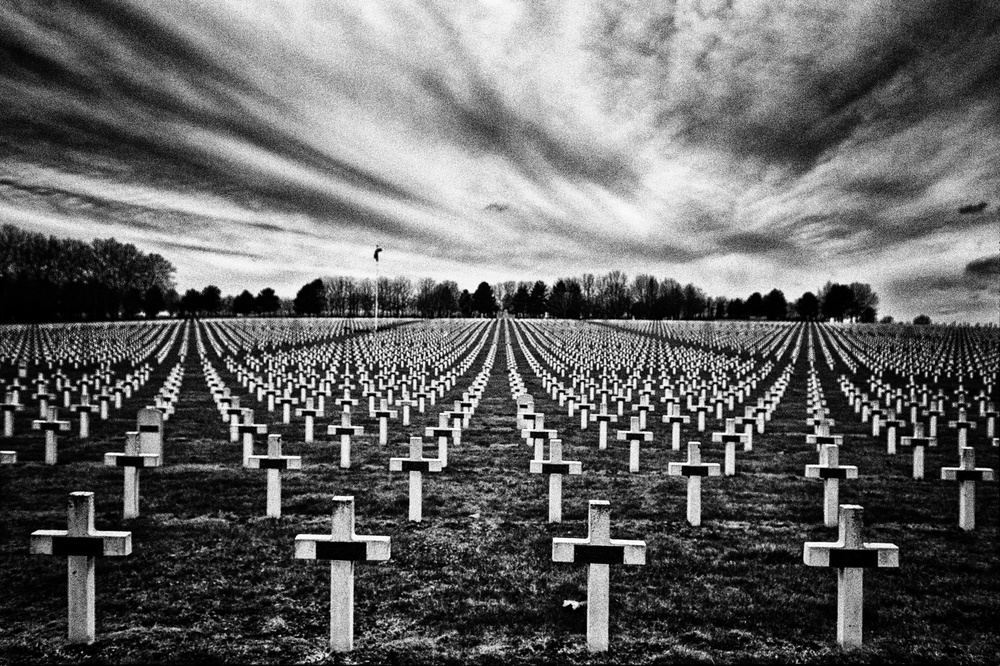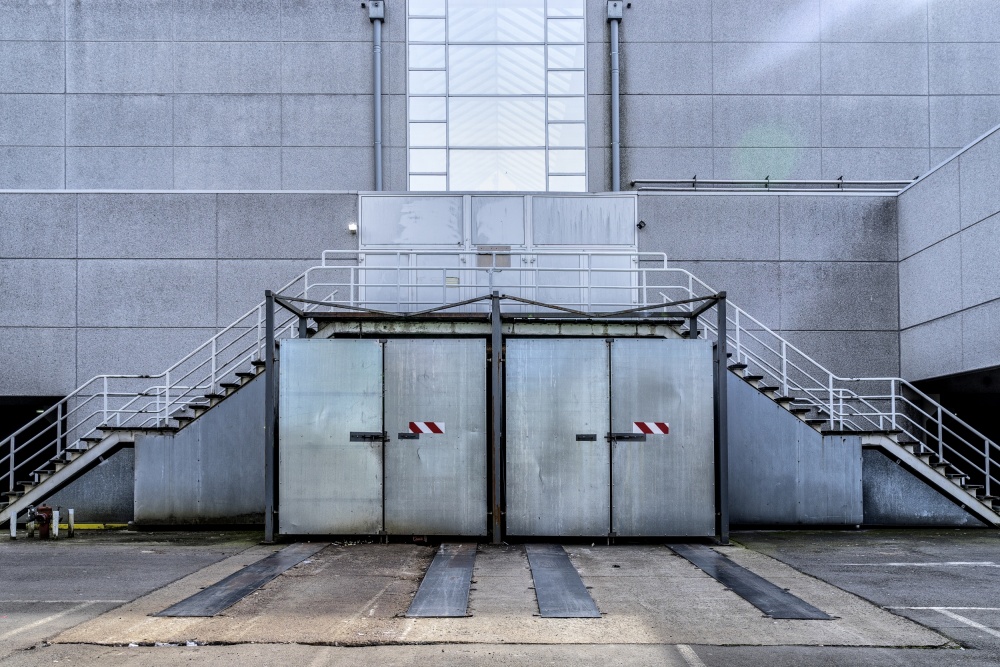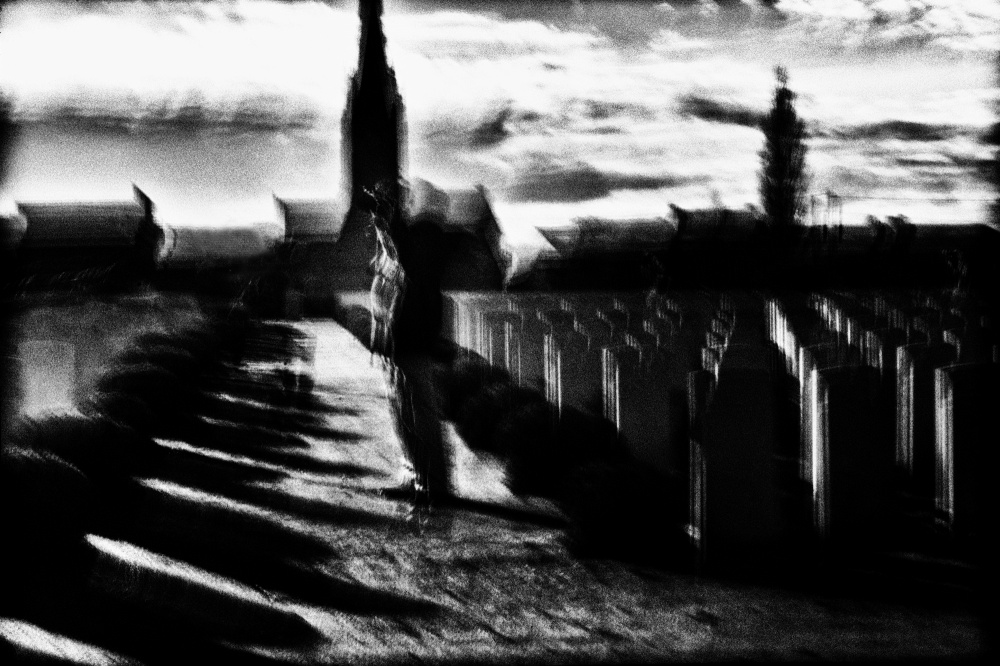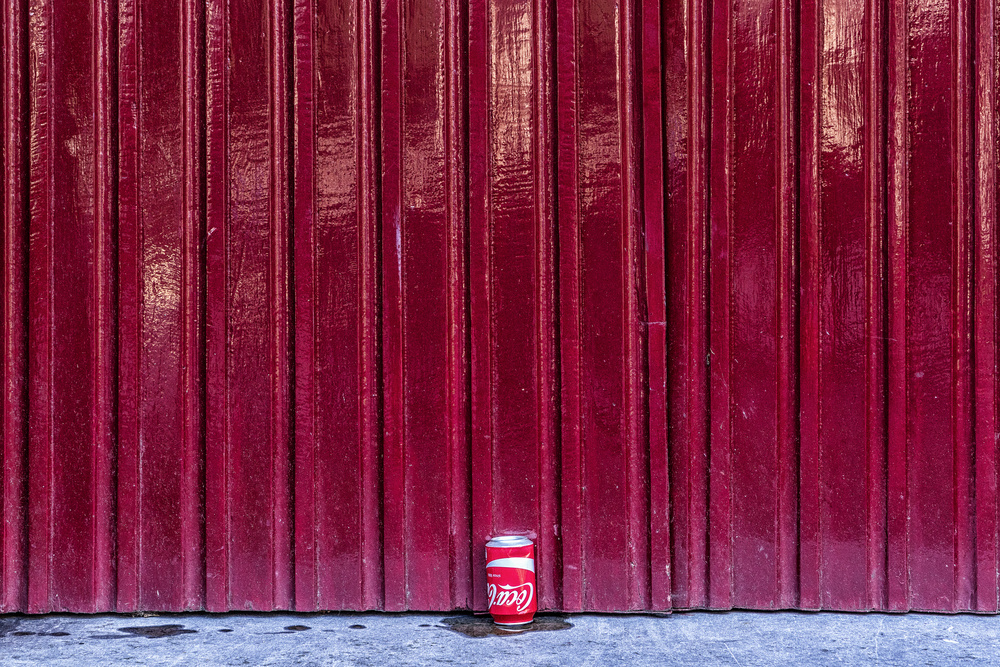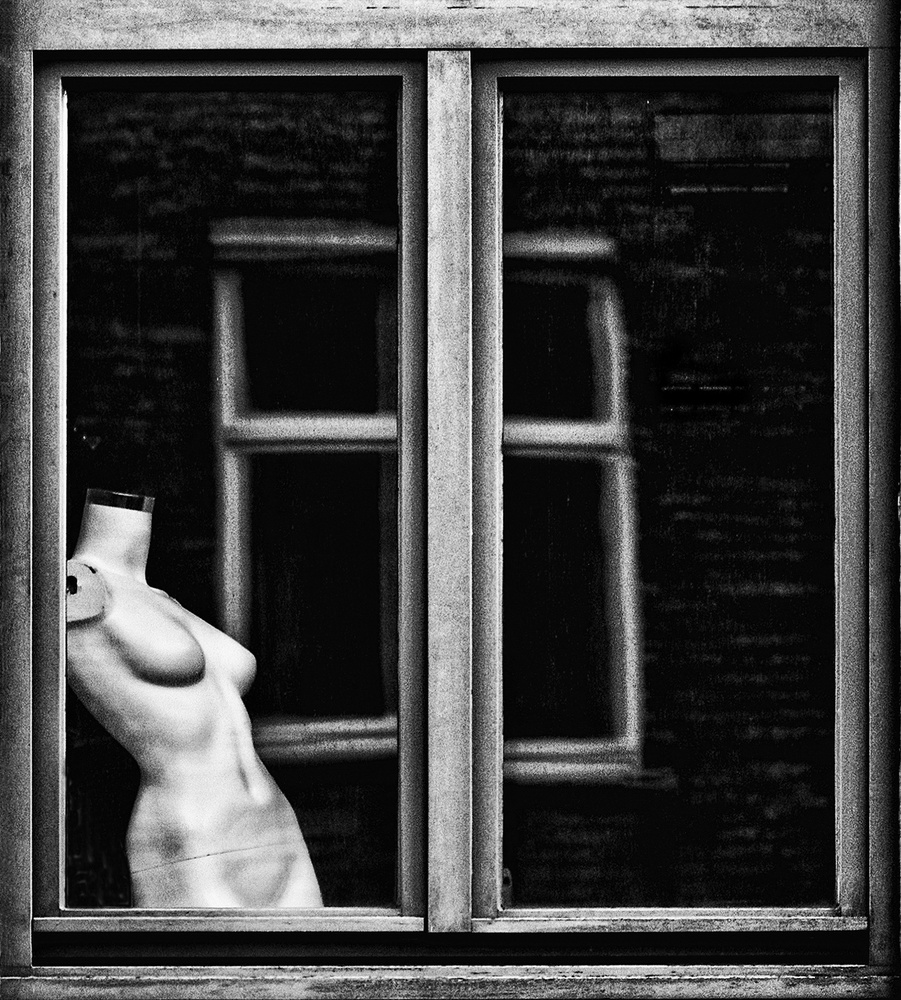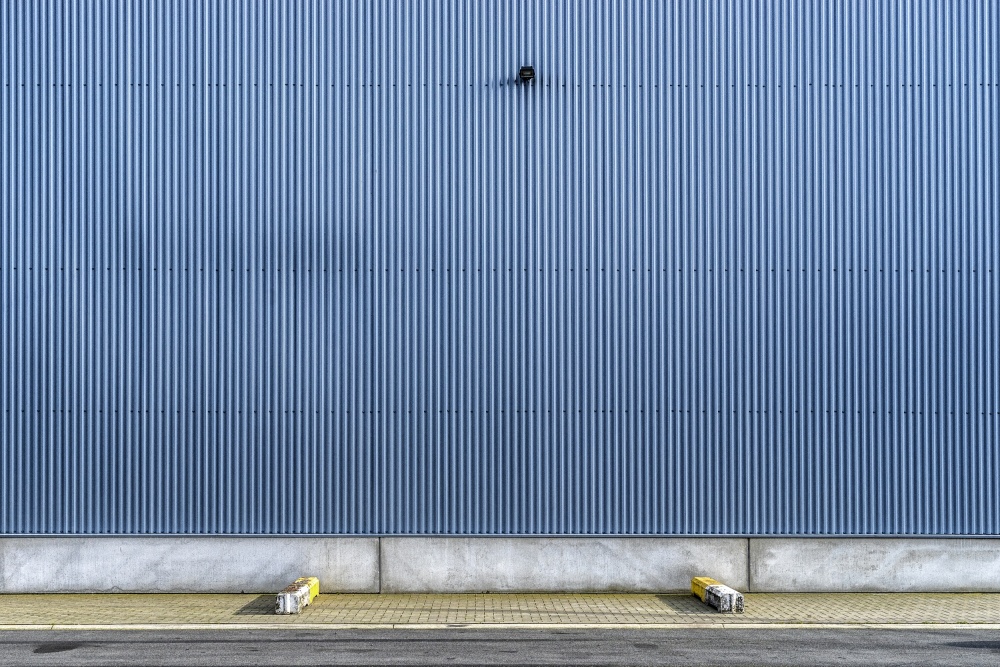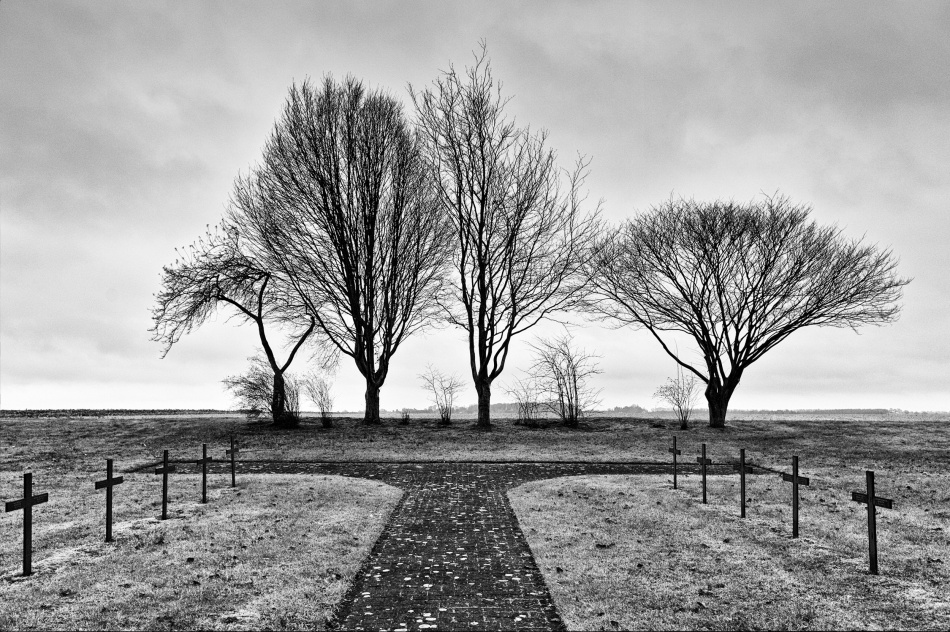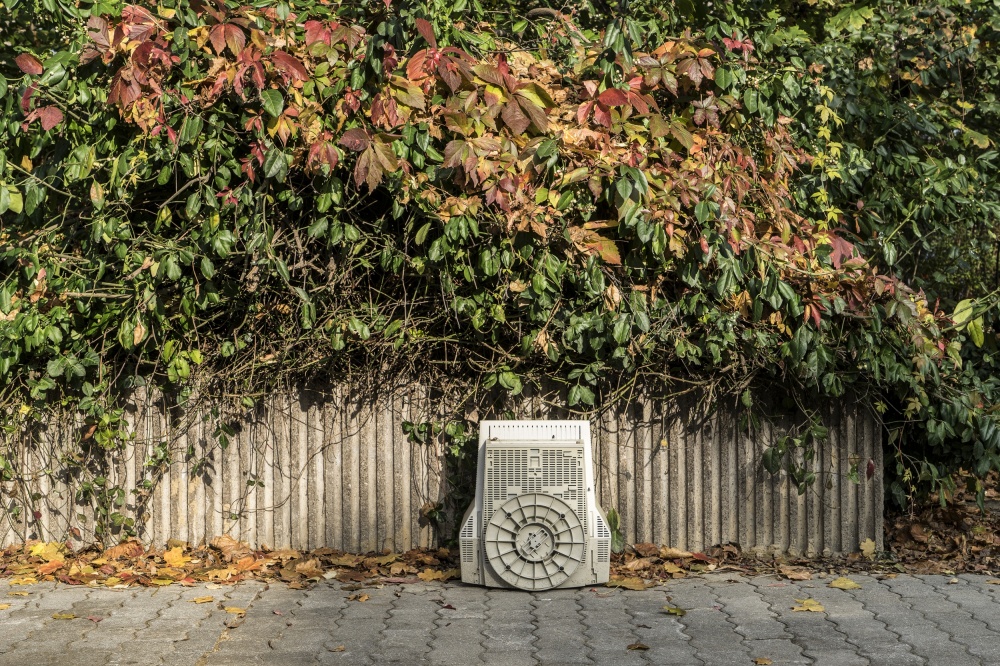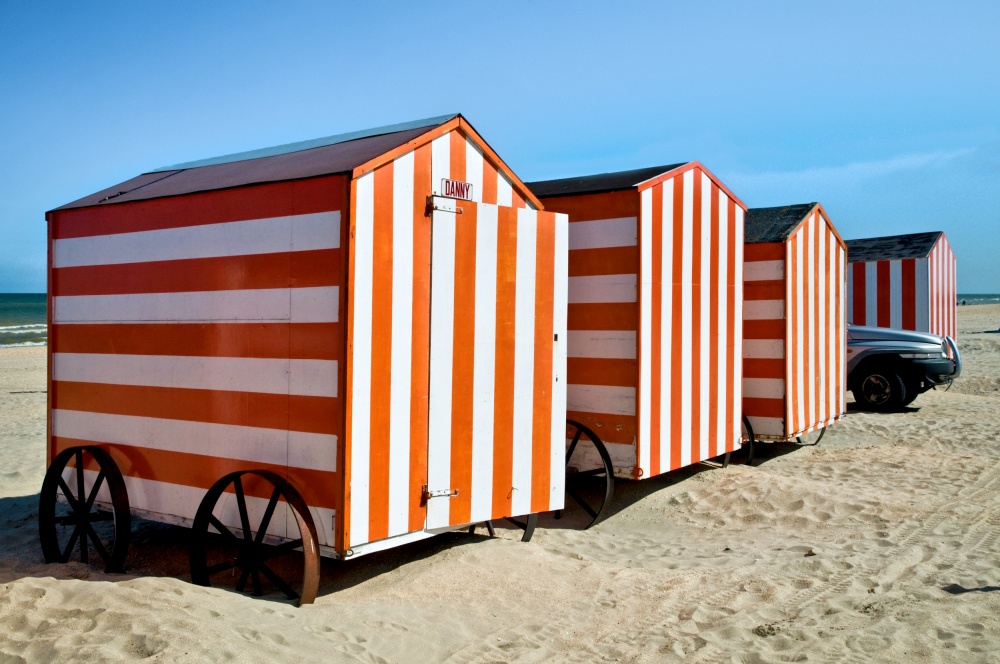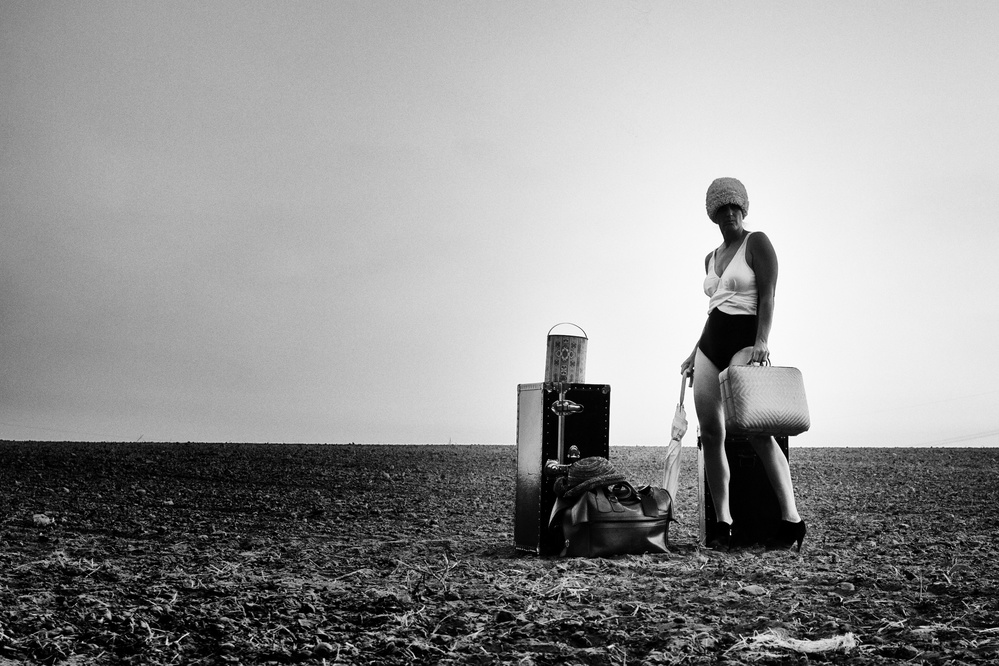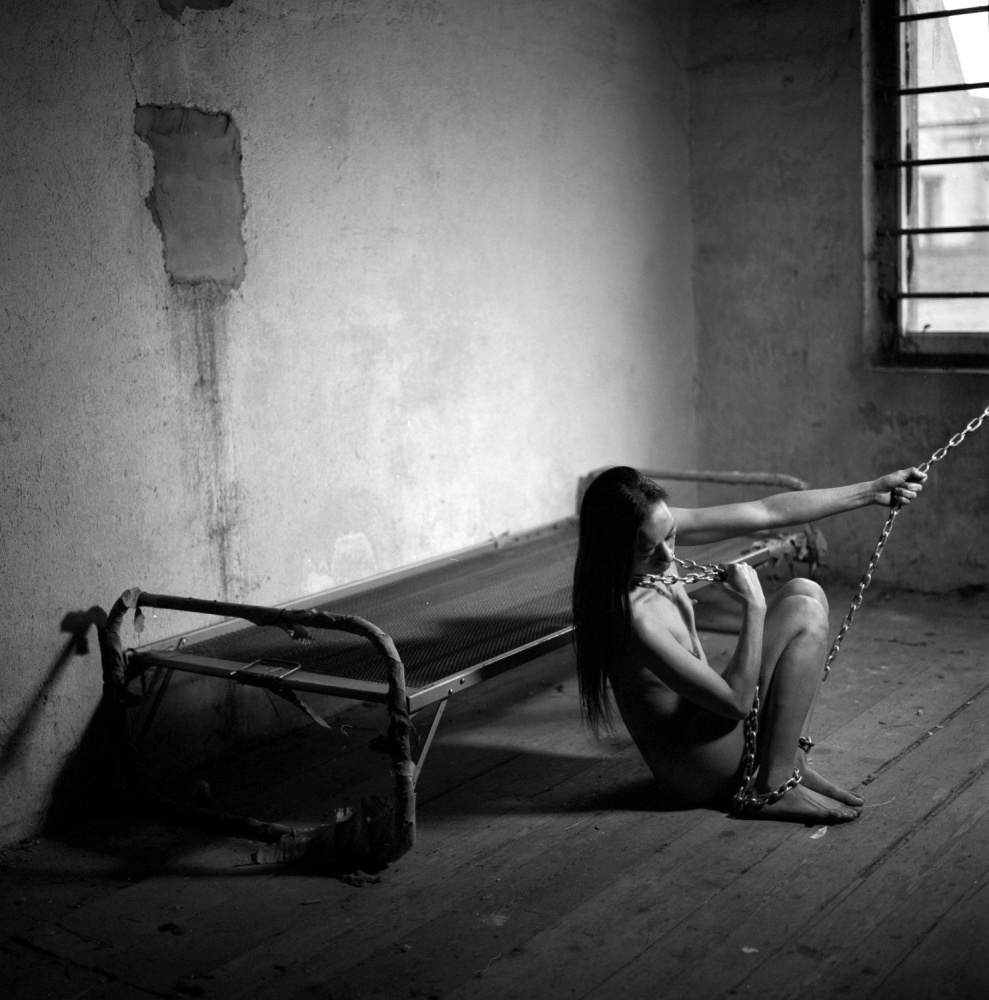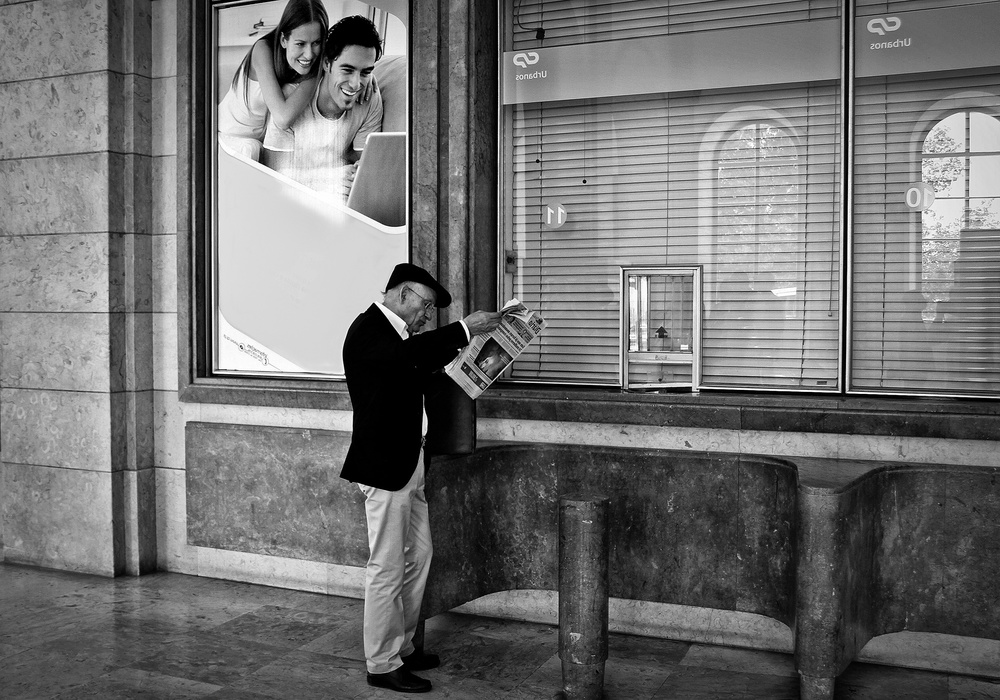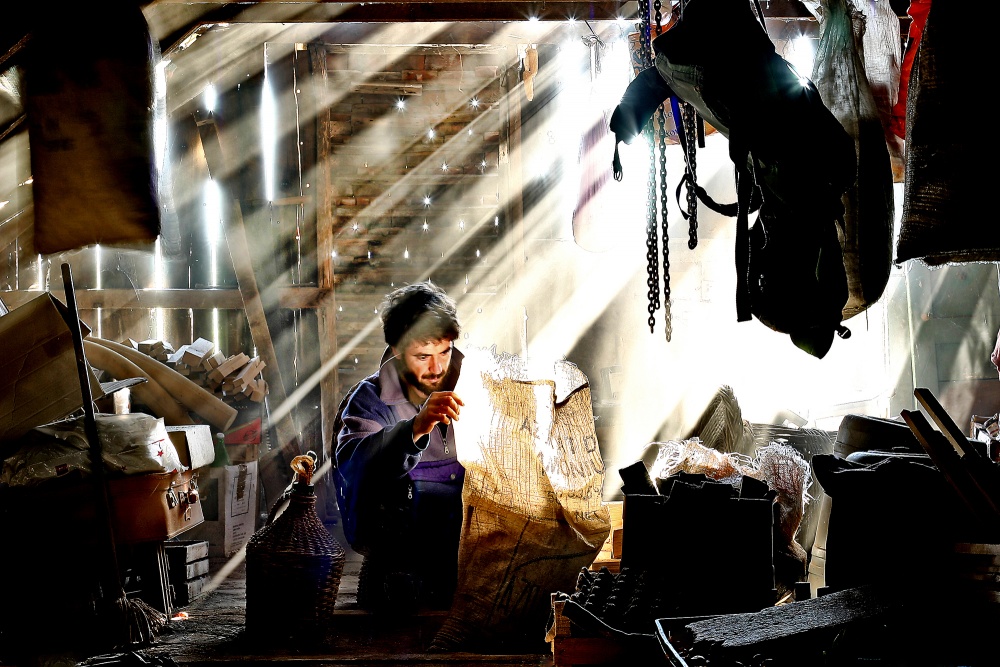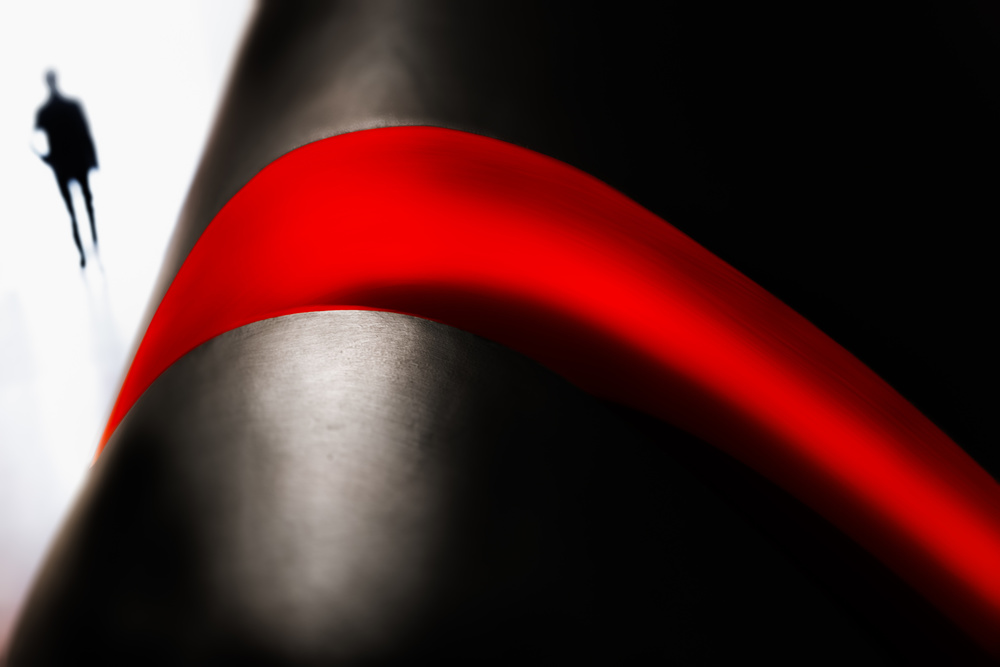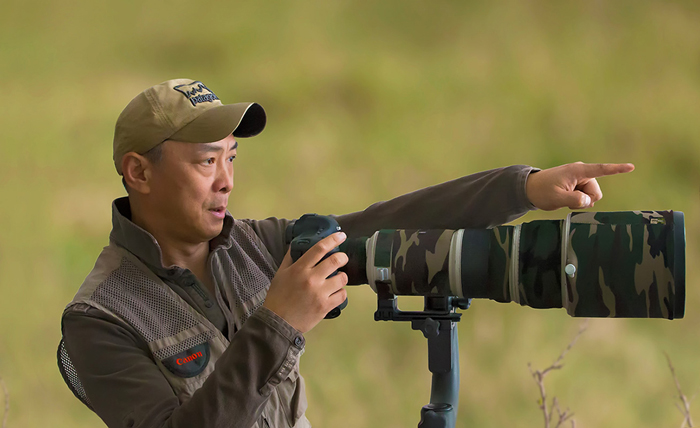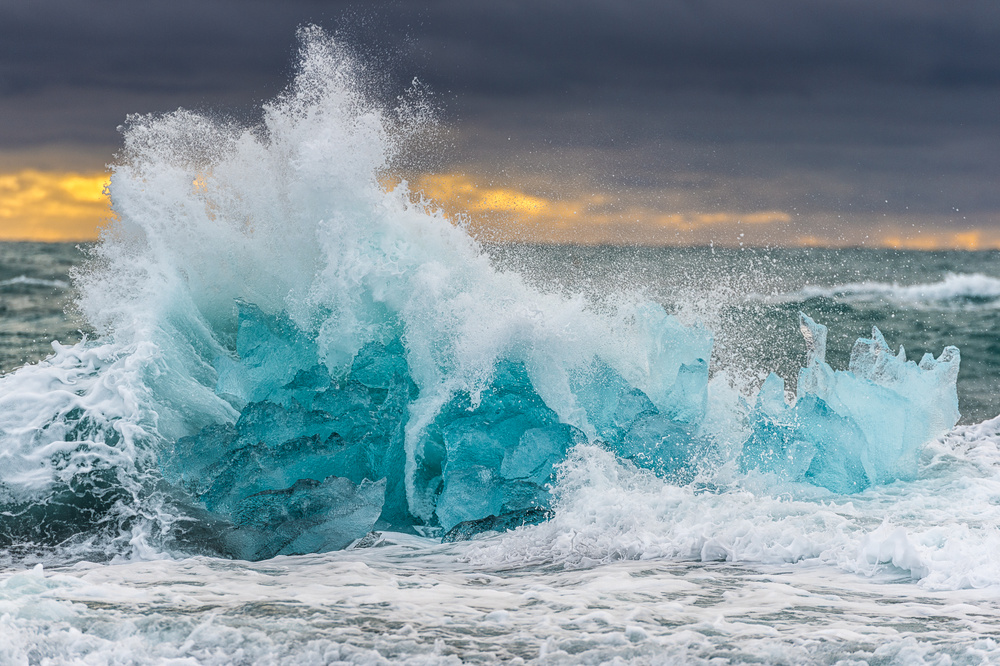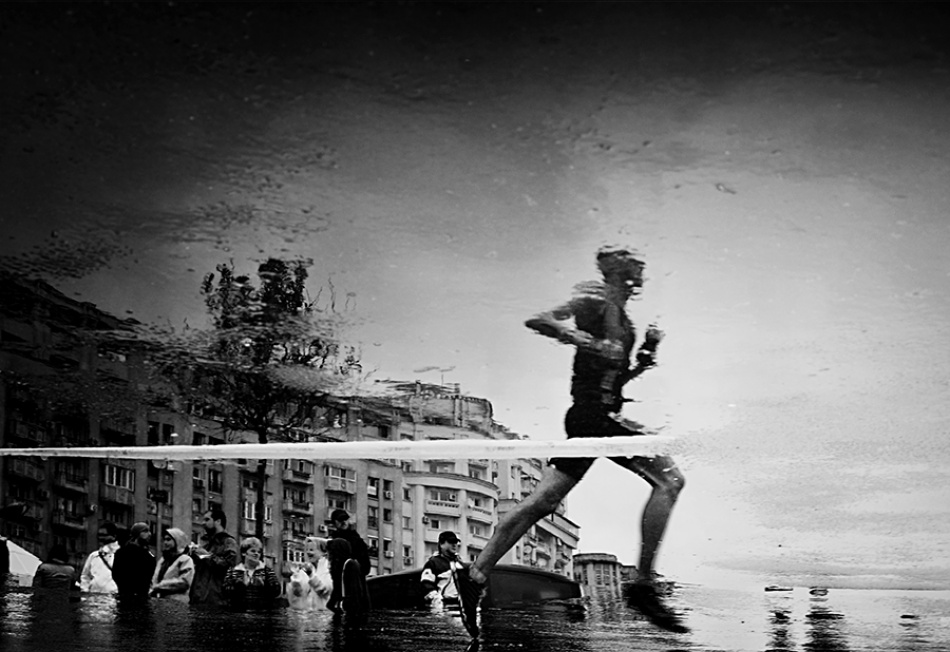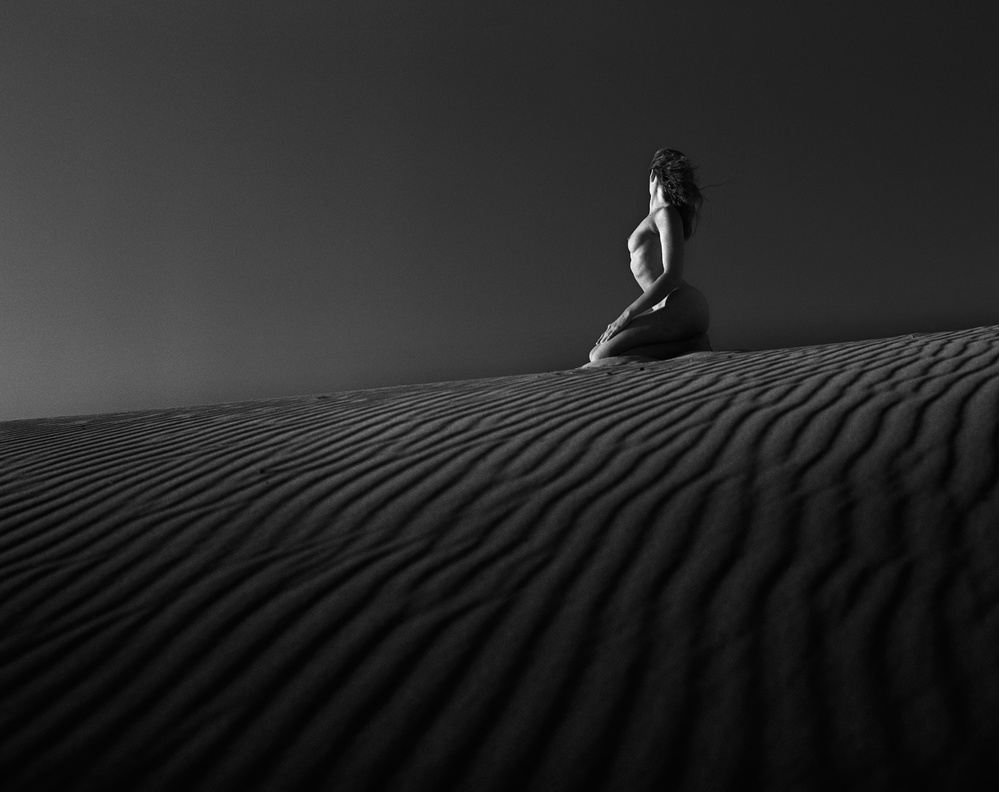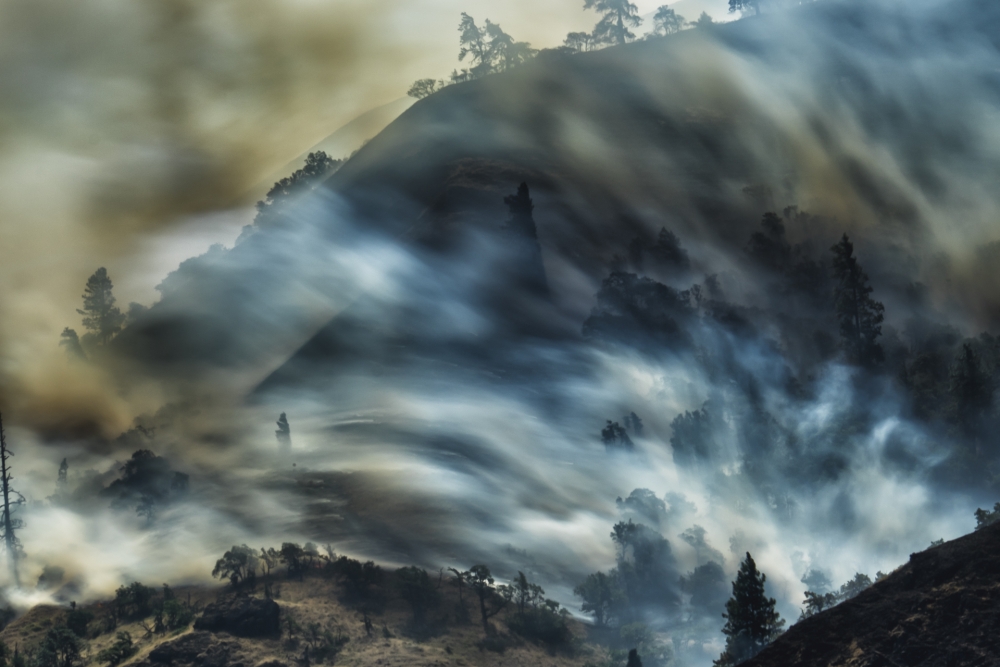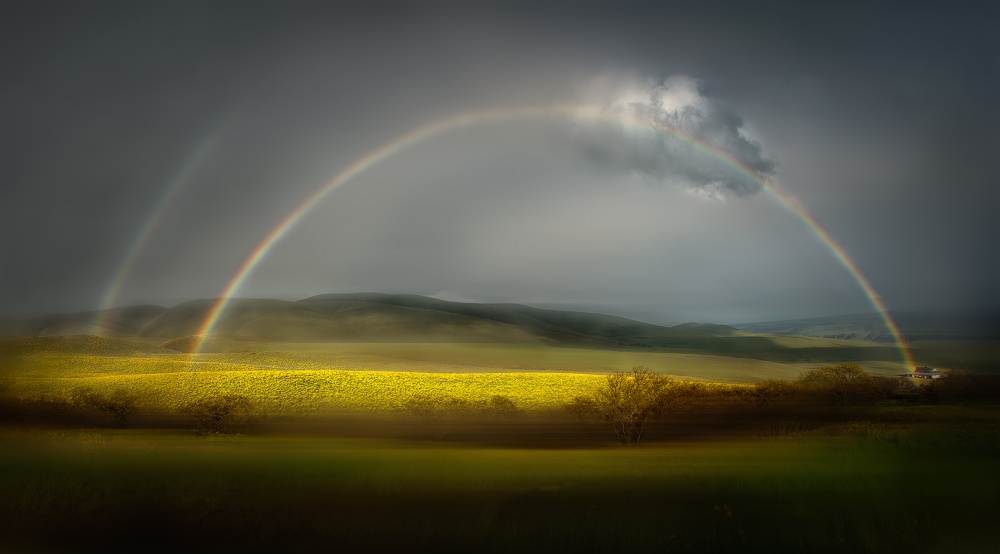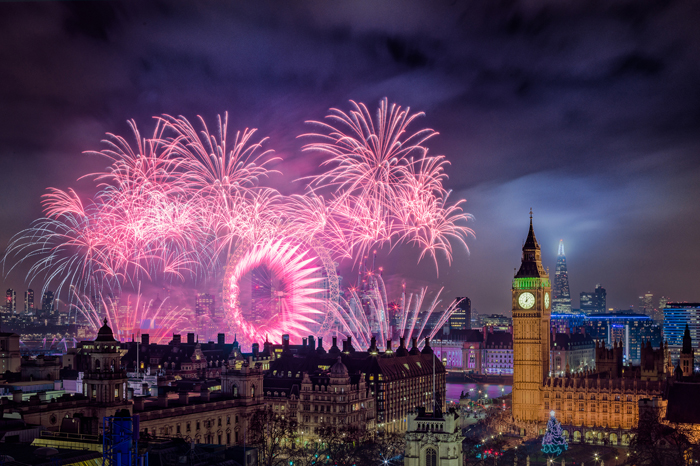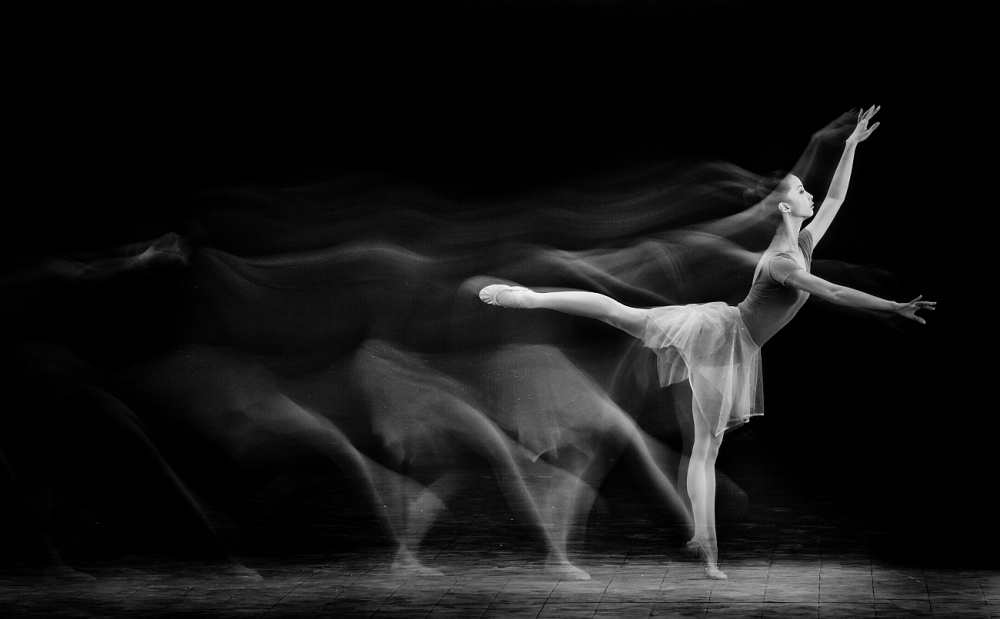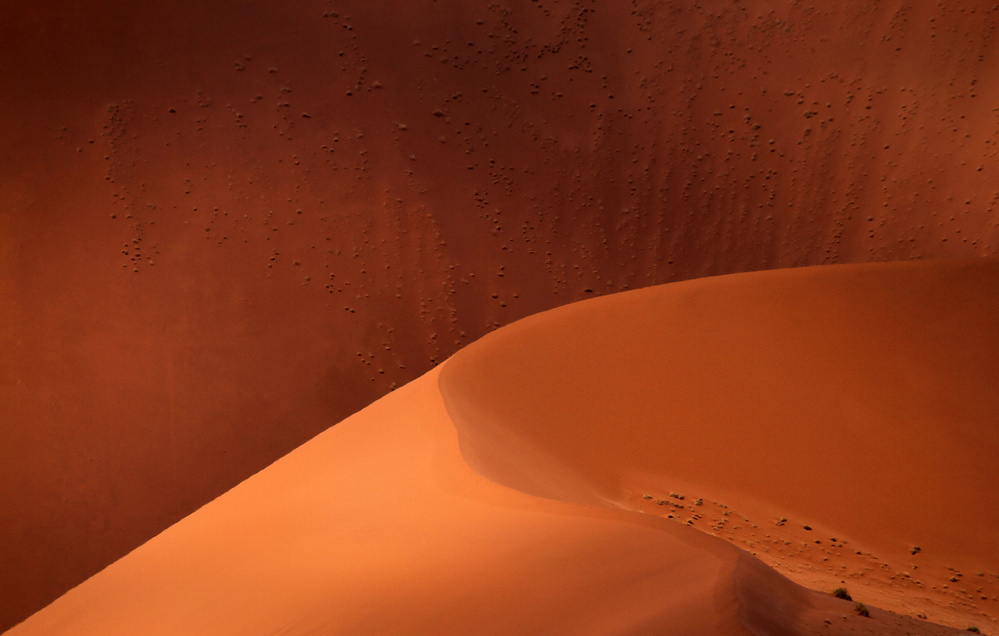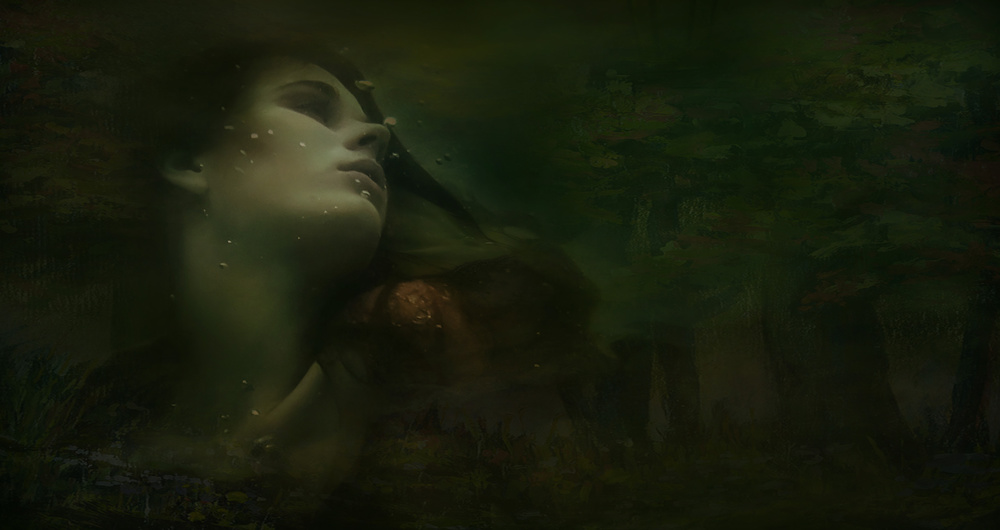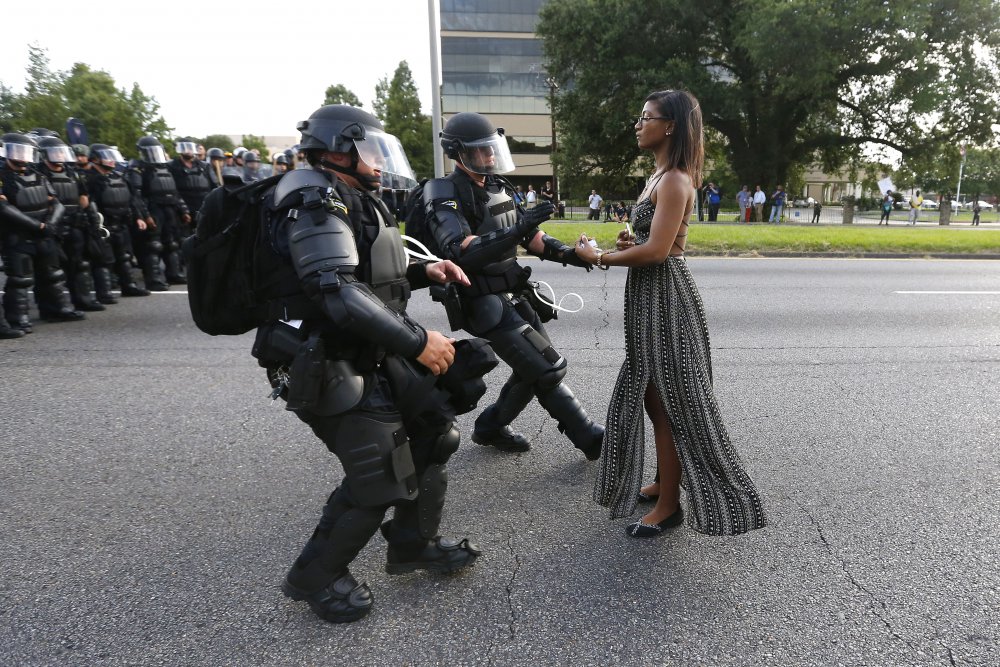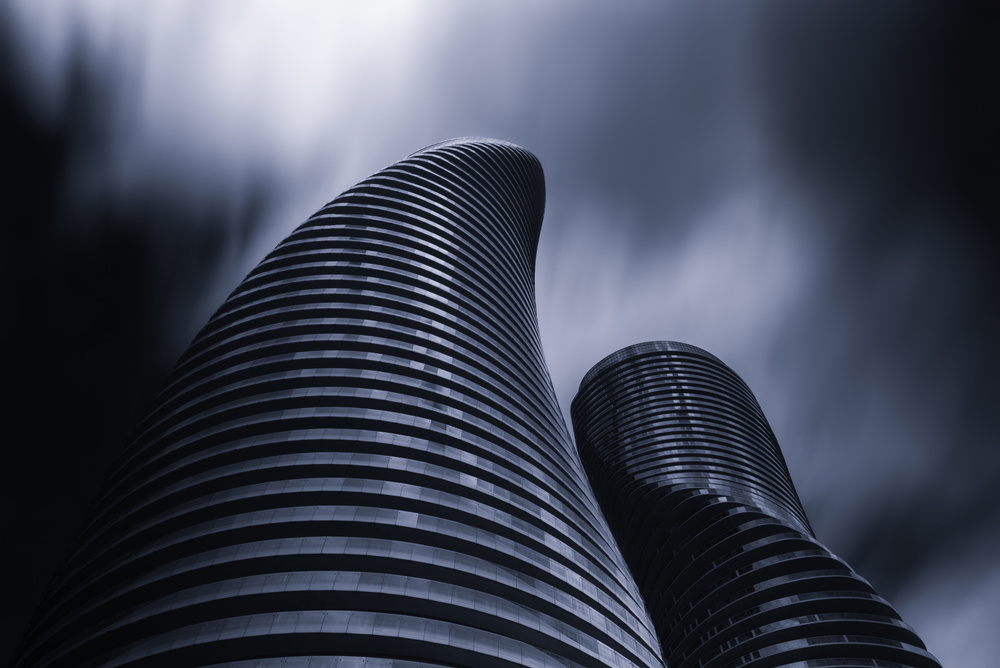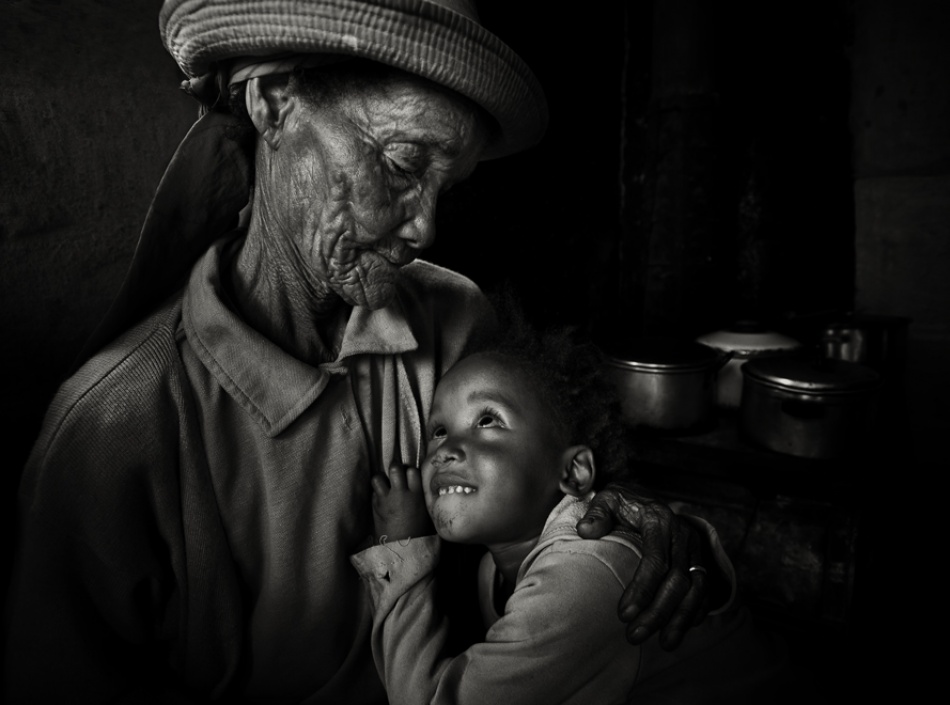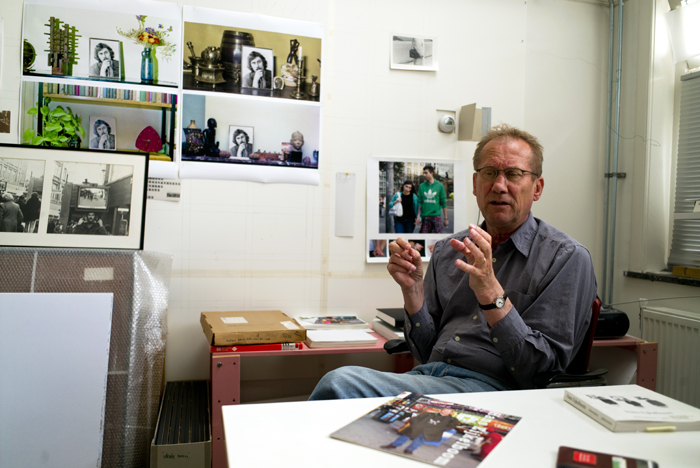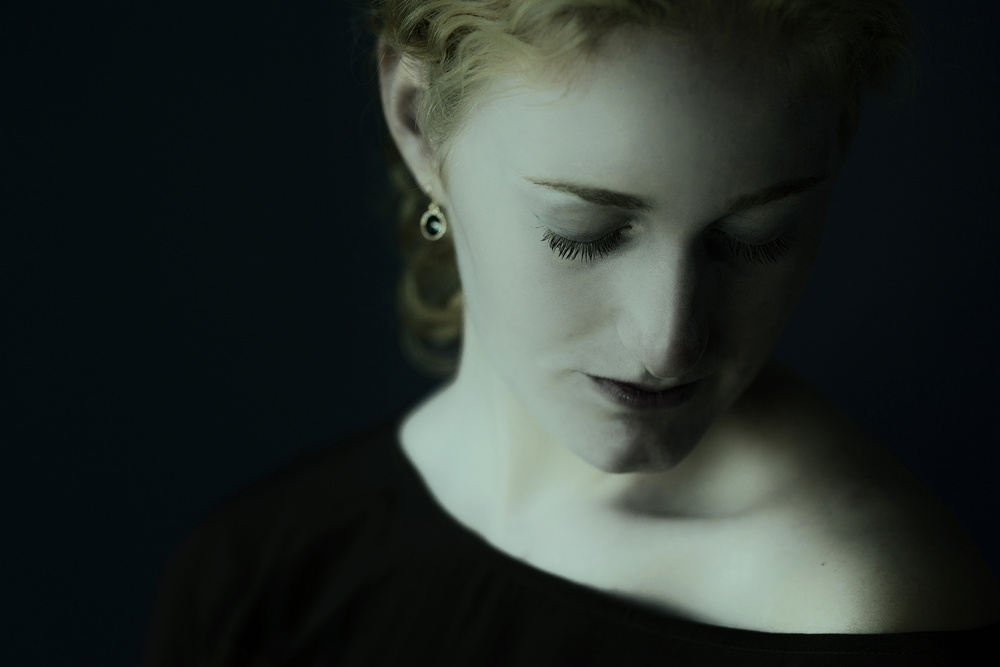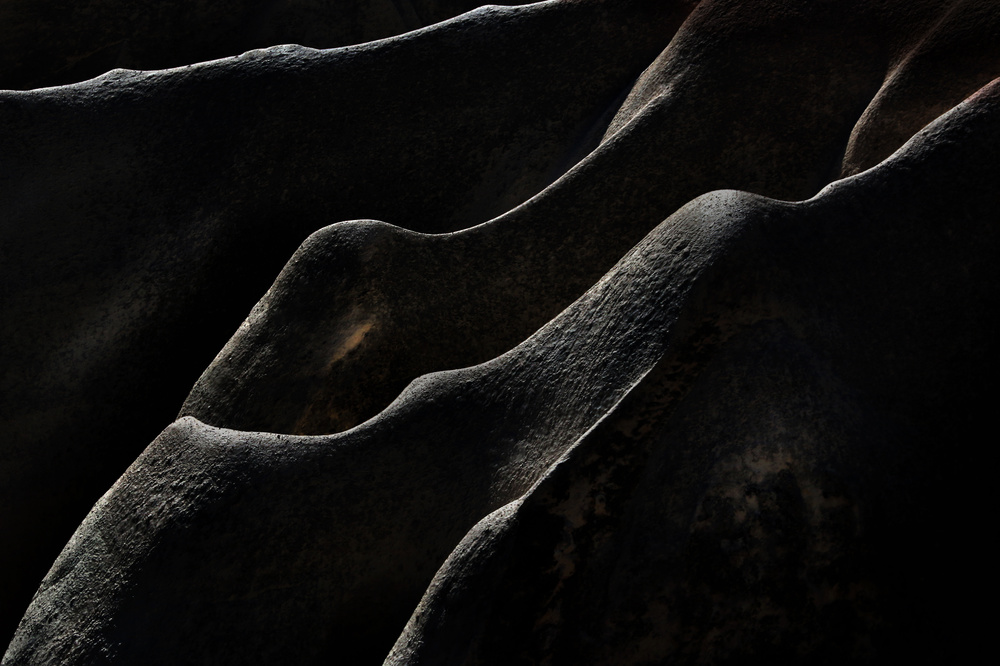Tips & Tricks
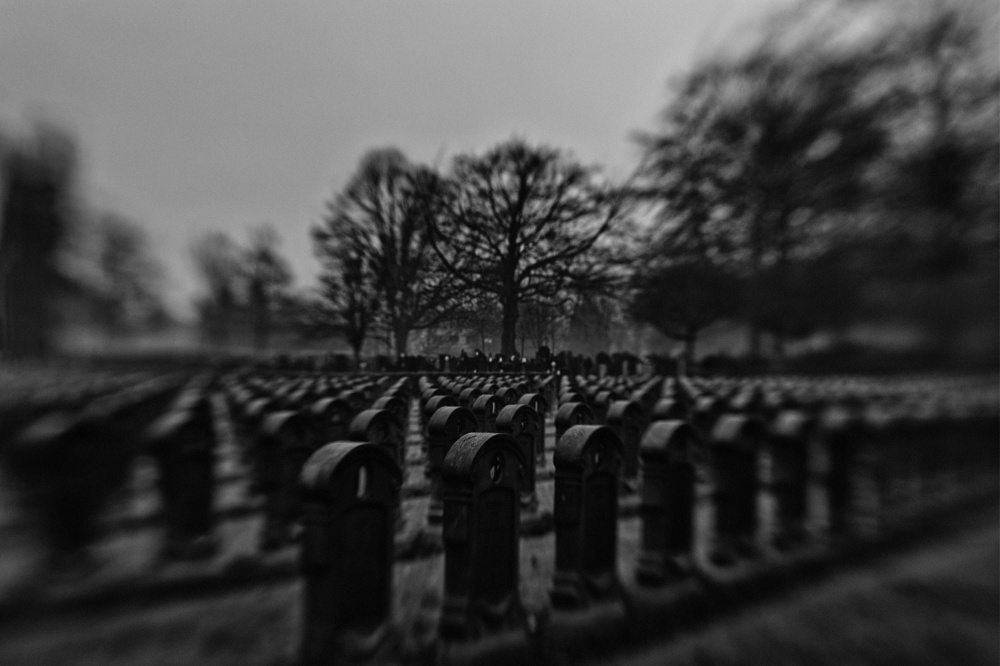
Susanne Stoop: Artist Photographer in non-figurative art
1x Blog-Tips & Tricks"I discovered that for me photography means that I want to show a visual world with an out of place detail that makes you - if it's good - wonder and think." ~Susanne Stoop~
Susanne Stoop is one of the most active members of the 1x.com editorial team, writing impressive photo reviews and also showing how much passion one can put in photography, through her amazing work. She loves black and white photography creating dark and brooding images, expressing a bleak look into the void, a primal fear and melancholy, but she also often uses colors to emphases the absurd and the surreal she’s looking for.
Her photographic style it is strongly influenced by existentialism and also by the compositions of Piet Mondriaan, the Dutch painter and art theorist, pioneer of abstract and non-figurative art. For Susanne the art of photography is not just a display of a visible, more or less surreal and colorful world, but it is also about the gloomy and moody side of reality and life.
I invite you in the following to discover more about Susanne, as 1x.com Editor and talented artist photographer!
Thank you for taking time to participate to this interview, Susanne! To start, can you please briefly tell us about yourself, your hobbies and other jobs?
The most important fact is, that I was born as child number five of six - two brothers (one older and one younger) and three senior sisters. Perhaps not the best ranking, but somehow that was an advantage. To avoid all kinds of interferences, it made me seek my own way. So, I am rather independent and perhaps a bit willful.
Another important fact is, that my parents were very interested in the arts and that I had a camera in my fingers since I was about ten years old - perhaps even younger - when I inherited a discarded camera of my older sisters - a Box, an Agfa-clack, and some others I don't remember. Later, as a student I bought my first Pentax SLR, followed by other SLRs and compact cameras. Meanwhile I learned the trade from my parents, who loved photography.
Between taking photos I found time to study history - not really successful, to work - as a civil servant, to read, to go to all kinds of exhibitions, concerts - classical music and modern ballet performances. My working years were photographically spoken a bit barren. Since my early retirement ten years ago I picked up photography again, much helped by the digital revolution.
How has your history and life experiences affected your photography?
Of course it has been of great influence that my parents involved me in their cultural interests. Because of them I got in touch with photography - we needed a timetable for the darkroom - and went to all kinds of exhibitions, to concerts and developed a keen interest in art history. It is an inheritance I cherish.
I am very much a child of the sixties. Those where my adolescences years, when we rebelled against the authorities and when we read and discussed Camus, Sartre and De Beauvoir at school and at university. My interest in all that is absurd - in the philosophical sense of the word - the exploration of the existential fears and the surreal stems from these - exiting - years.
Which are your most important experiences that has influenced your art?
As said, existentialism influenced me greatly and with this in mind my first glimpses on some of the numerous war cemeteries in the Great War (1914-1918), while travelling to France made an everlasting impression. It was in 1964 and I promised myself to came back and photograph it. It took some time, but I fulfilled my promise. Between 2009 and 2012 I visited as many cemeteries in South-West Belgium and Northern France as I could reach by bicycle from Diksmuide and Ieper in Belgium and Arras in France.
The idea was to make images that could be understood as a metaphor of the scale of this war, of the destruction, the horrors and the fear and loneliness of those who fought and died.
This photo is from my series Fields of Honor and can be seen in my 1X portfolio.
In my photography I am very much influenced by the work of the Dutch painter Piet Mondrian. It fascinates me how he transformed e.g. a very realistic tree - as made at the start of his career - into a set of lines and rectangles of various sizes. It is an austere essence of nature, the bare bones, an ultimate abstraction.
Another influence comes from the so called deadpan aesthetic. The subjects are photographed in a documentary way, straightforward and as cool and detached as Mondrian’s paintings.
My photo "Backstage” is a good example of the Mondrian and deadpan approach of my photography.
What first attracted you to photography?
I think it started with imitating my elder sisters. I found it quite cool to walk around with a camera during the holidays and shoot a roll of twelve (or were it eight?). Just like my sisters and my parents. Later on it was the magic of photography itself, developing my rolls and working in the darkroom that attracted me most. It is so exciting to see your photo emerging! I have to admit, that, from time to time, I miss the darkroom and its smells.
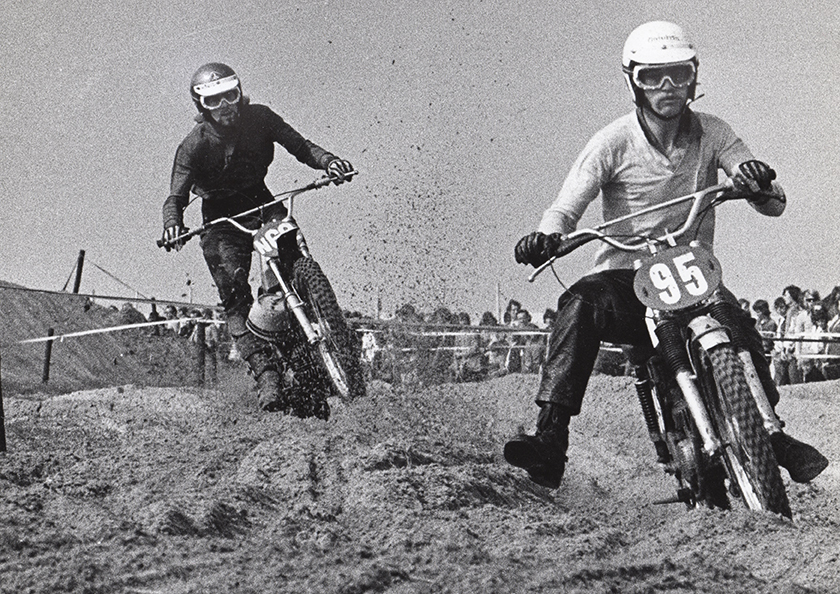 Earlier work
Earlier work
Can you please describe your overall photographic vision?
It took some time before I developed any vision of photography. I just did and the result was a bit like "what you is what you get". I had no idea that a photo could have more than one layer and that one can see things that you don't see, but sense. I learned about that when I took up photography after my retirement ten years ago and started thinking about the things I wanted to photograph and how.
I discovered that for me photography means that I want to show a visual world with an out of place detail that makes you - if it's good - wonder and think. I do so in a straightforward style - also called "dead pan", which is best suited in color photos. Examples can be found the album "Abstract Reality" .
But for me photography is not just a display of a visible, more or less surreal and colorful world. It is also about the gloomy and moody side of reality and life. It is my black and white, existential and often experimental photographic side.
What generally is your relationship to your subject matter beyond being an observer?
The only thing I do when roaming the streets of whatever city - it may be in my hometown Leiden, or Amsterdam, Berlin, Bucharest and so on - is looking. And suddenly some out of place detail makes me stop and wonder. Somehow it is telling me something and if that is convincing, I take a photograph.
Do you prepare carefully the locations or settings before shooting?
I meet my images - or perhaps they meet me on the street. The only thing I have to do is to decide which lens I am going to take with me and on which detail I will be focusing. If, for example, I decide to do some window shooting it is not necessary to take a wide angle zoom with me or the lens baby gear. It saves weight and some unnecessary lugging.
Are there any specific directions that you would like to take your photography in the future or any specific goals that you wish to achieve?
I'd very much like to do more serial conceptual photography. That means thinking about the subject and central idea, how to develop a coherent set, which use of the metaphors or symbolism and so on.
I once worked on a project about forgetting. Starting point was a poem about how to forget the things you no longer wish to remember - more on my website. It made me think that once things are forgotten, they don't exist anymore, they are nothing. I wondered: how does nothingness look? And how can I photograph it my way - so in my direct deadpan like style? "The triangle of nothingness" is an answer to those questions. It is part of a series, but to be honest, I am not yet happy with it. The idea can be developed more tightly and still lacks some consistency. So, it needs some more thinking.
What do you think about 1X as a home base for your work?
When I made a fresh start with photography after retiring I became a member of "Photoblog", an early days photo community, which - unfortunately - no longer exists. The commenting was critical but fair. It was, so to speak, my photography school. Even more important were the friendships that started with commenting and then meeting each other, although there were no meet-ups. And it's the meet-ups that makes 1X important to me. Having your photos published and seen is wonderful - just as it frustrating if a photo you think one of your best is rejected and then the joy when it is published years later!
All the attention is great. But getting to know the photographers behind the pictures one sees at 1X, the friendships that's what I cherish. By now I participated in some wonderful European meet-ups Amsterdam, Bruges, Berlin, Dordrecht and Romania. I wonder where the next one will be!
There should be meet-ups in every corner of the world. The Americas, Canada, Australia, Asia, you name it. Organize one and meet some of your fellow photographers!
You are one of most active members of the editorial team writing excellent photo reviews. One can feel your passion for photography through your reviews. What made you decide to become an editor and why are you so drawn by this job?
Well, the answer is quite simple: I love writing, especially about the things I am passionate about. I wrote for the school, scouting and staff magazines. Moreover during my working days I have always been editing something - a film catalogue, a clipping newspaper for the prime minister, websites. So when our head editor Yvette Depaepe invited me to join the team, I did so with great pleasure, combining two life long passions.
Second Prize in a recent photo competition of the leading Dutch Newspaper NRC
I guess that it requires a lot of research and study, especially when it comes to a photographic style which is not really yours. Can you tell us something about your criteria when “reading” the images you review?
Your guess is right, Marius! Even with subjects which are quite known to me, such as street photography, documentary or landscapes I do a lot of research. I'd like to know about the (art) historical context of the subject, the trends, the traditions and so on.
However, before I start researching and reading about the subject, I start collecting as many photos as possible - published ones, photos I see when curating, photos in the critique section, non-published photos. From this list of photos a common thread emerges, which is interesting for further investigation. And then begins a tour on the Internet and gets my table littered with photo and art books - from my bookcase or borrowed from the library. Slowly concept develops in my head and on that basis I select the photos for the review. So, that's one criterion. Another one is that I choose the photos in pairs, but it is always possible I add a third one - see e.g. the male nude review (https://1x.com/blog/permalink/8000). In thus I can compare complementary photographs within the common thread and write about the thoughts I developed while viewing the photos and the researching and reading about possible contexts.
When selecting a photograph for a review it doesn't matter whether I've got any affinity with the subject or not. A good photo is a good photo, regardless if it’s street photography, a landscape or a macro. Main thing is, that it is interesting, original, different and that it tells me something.
Something more about 1X as your home base?
I already said that the 1X friendships are very dear to me. Being a member of the editorial team is equally important to me. It allows me to bring beautiful photography in the spotlight. Not only in the reviews, but also in thematic lists. It also brings me into contact with topics that I would never have studied. It is so enriching. And it gives me lots of pleasure and fun.
. '

